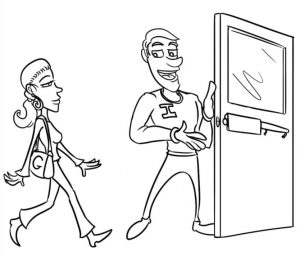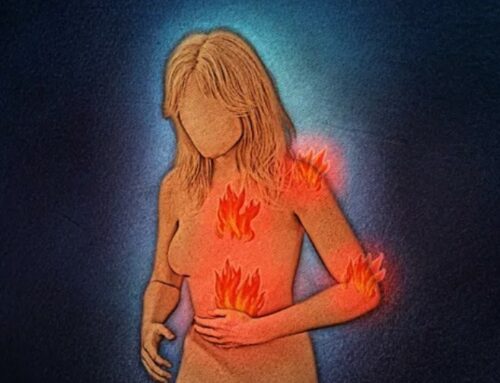by Dr. Tina Marcantel

Our cells need glucose (blood sugar) in order to produce the energy our bodies need. Insulin resistance is a condition that can develop over time that hinders the ability of our cells to properly process sugar. So what exactly is insulin resistance and how does it develop?
When we eat, our digestive tract breaks down the food into the various nutrients we need. At this point, sugar (or glucose) is released into the bloodstream to begin the job of feeding the cells throughout the body. This rise in blood sugar levels signals the pancreas gland to release insulin, a hormone that plays a critical role in the process.
Each cell has insulin receptor sites that act as a type of doorway for glucose. I like to say that the gentleman Insulin opens the door for the lady Glucose to enter the cell to produce the energy we need. As long as we have a proper balance of glucose and insulin in the bloodstream, everything works fine.
 If there are large amounts of glucose in the bloodstream over long periods of time, the pancreas works overtime pumping out insulin. This abundance of insulin in the system interferes with the insulin receptor sites of cells—the cells become “insulin resistant.” This means the glucose remains in the blood stream instead of entering the cells, causing high blood sugars that may lead to conditions like heart disease and type 2 diabetes.
If there are large amounts of glucose in the bloodstream over long periods of time, the pancreas works overtime pumping out insulin. This abundance of insulin in the system interferes with the insulin receptor sites of cells—the cells become “insulin resistant.” This means the glucose remains in the blood stream instead of entering the cells, causing high blood sugars that may lead to conditions like heart disease and type 2 diabetes.
In other words, the cells are starving in a sea (blood) of plenty (high blood sugars)!
What causes the overproduction of insulin?
One chief cause of the overproduction of insulin is a steady diet of refined foods and carbohydrates. Refined or processed foods generally contain large amounts of sugar and small amounts of fiber. That means that the body breaks down the food much more quickly, releasing a lot of sugar into the bloodstream fast. This causes blood sugar spikes that signal the release of large amounts of insulin.
Raw or non-processed foods with plenty of fiber take longer to break down in the body, resulting in a more gradual release of glucose into the bloodstream that allows the body to process it in a more natural way, preventing a spike in insulin.
One side effect of producing so much insulin is the development of a large abdominal girth. This is partly because large amounts of insulin signal the body to store fat, especially in the abdominal area.
The GOOD news is that many, if not all, of the effects of insulin resistance are reversible! In Part 2 of this blog post, we’ll talk about symptoms of insulin resistance and specific things we can do to begin that process and get back on the road to great health!
To learn more about this topic:





